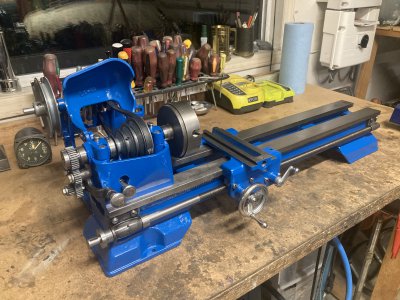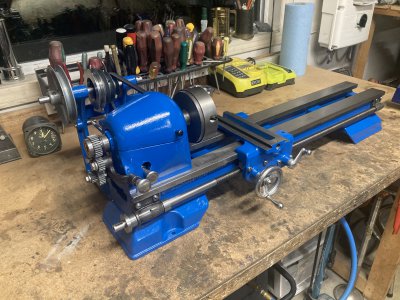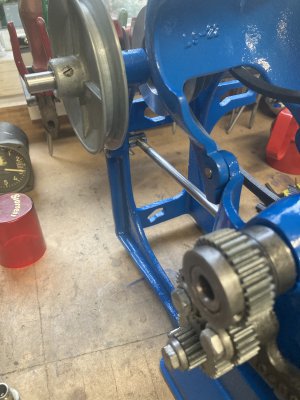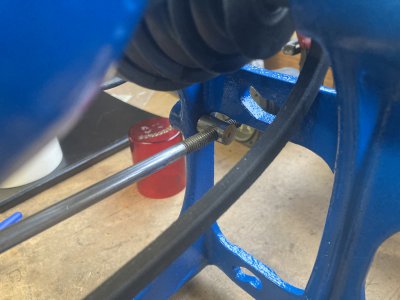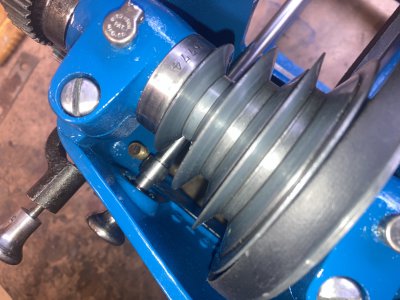- Joined
- Jan 21, 2021
- Messages
- 48
Altimeter = rugged shop barometer!Castings are looking good. Are you keeping track of the altitude of the lathe?
Cheers,
Adrian
Altimeter = rugged shop barometer!Castings are looking good. Are you keeping track of the altitude of the lathe?
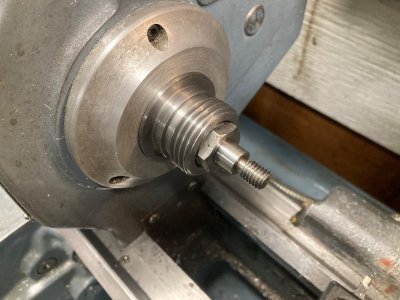
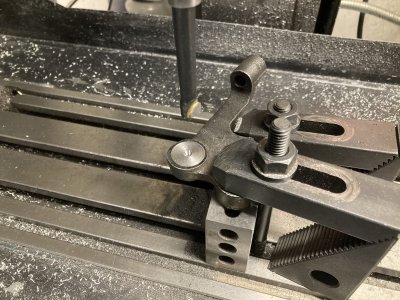
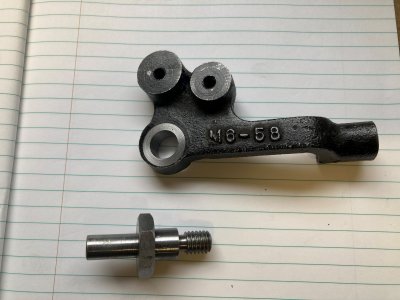
Evidently Rustoleum Royal Blue is the best match to the old Craftsman blue colour. I could not find the color locally and in the end went with the blue Rustoleum Engine enamel which is supposed to be more oil resistant.that looks like a slightly lighter shade of blue than the one I just finished painting mine. Unfortunately in the 4-5 years between painting the first lot of parts (carriage, tail stock etc) and the second lot the colour changed a bitNice to have a lathe all one colour though!
